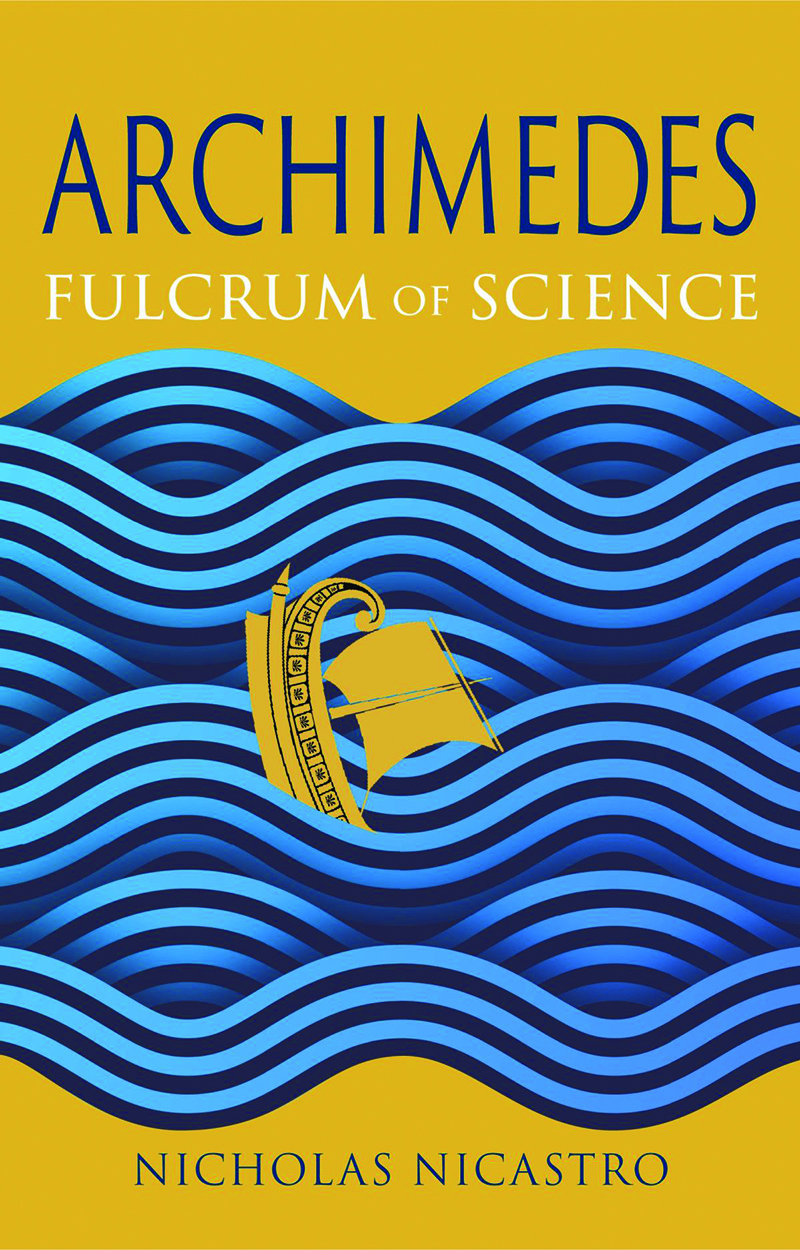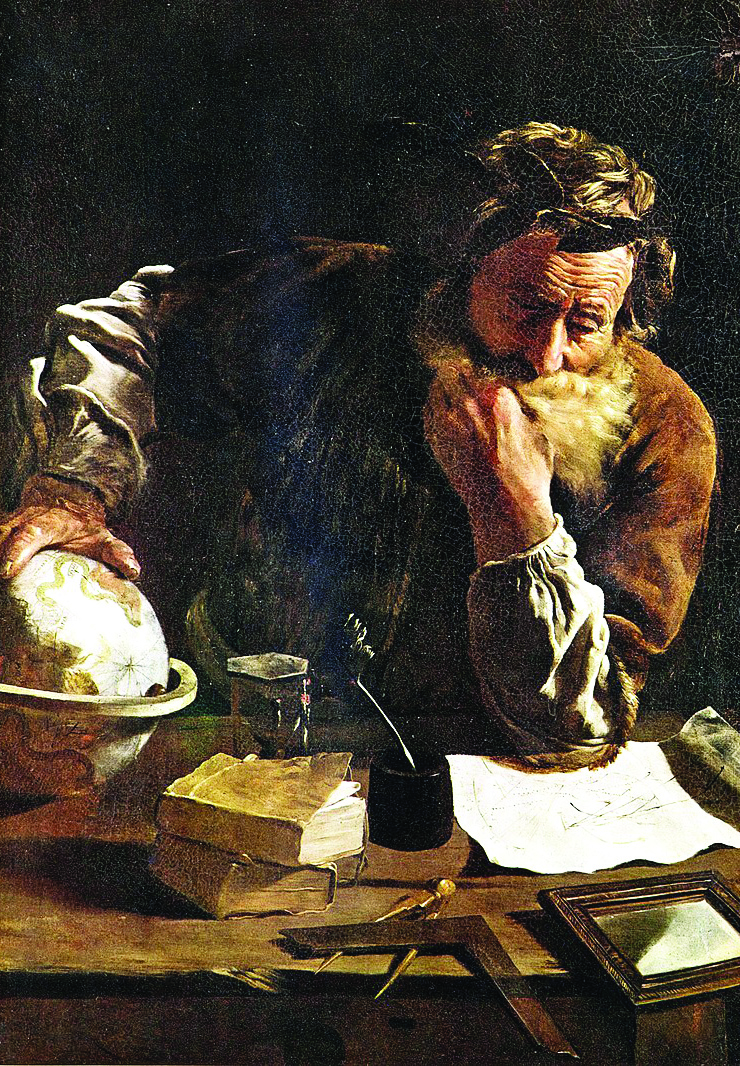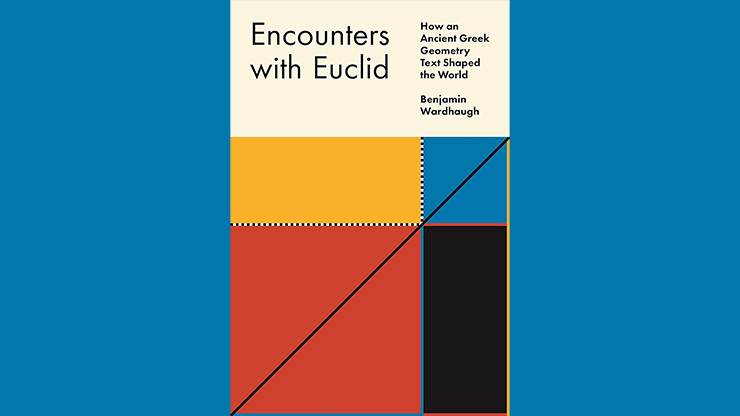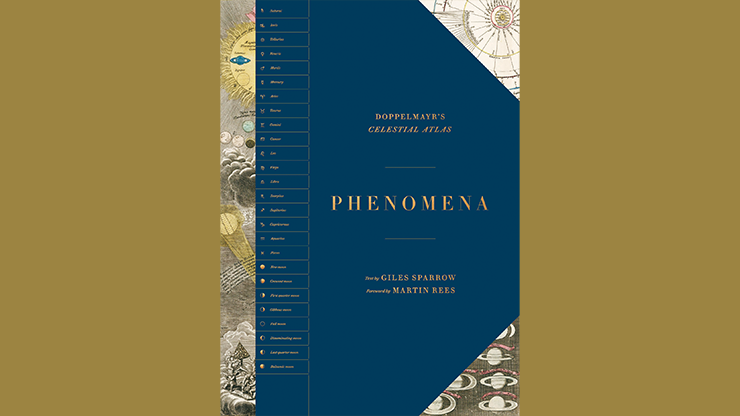A New Biography of a Great Ancient Scientist
Archimedes: Fulcrum of Science. By Nicholas Nicastro. The University of Chicago Press, Chicago, IL, November 2024. 240 pages, $22.50.

By common consensus, Archimedes (c. 287-212 BCE) was the greatest inventor of classical antiquity and the greatest mathematician prior to Isaac Newton. He introduced the idea of limiting sums that, 1,700 years later, formed the foundation of integral calculus. He computed the area of a parabola, the volume of a sphere, and several other such quantities. He calculated rational bounds on the value of \(\pi\)—fixing its value to within a range of \(0.002\)—and rational bounds on the value of \(\sqrt{3}\), within a range of \(0.00003\). He offered mathematical formulations for the law of the lever and the law of buoyancy. His war machines and defensive devices allowed the defenders of Syracuse to hold off the besieging Romans for a year and a half — much longer than the Romans expected.
Largely due to Archimedes’ important role in the defense of Syracuse, there are many more ancient biographical accounts about him than any other contemporaneous mathematician. Unfortunately, these records are of uneven reliability and—barring a few facts that Archimedes himself mentioned in the introductions to his treatises—all date from decades or even centuries after his death. The first surviving account of Archimedes appears in Polybius’ The Histories, which was written in approximately 140 BCE. Marcus Tullius Cicero mentions Archimedes in several of his writings. Most famously, Cicero’s Tusculan Disputations (c. 45 BCE) recounts his own successful search for Archimedes’ lost gravesite in Syracuse. In Life of Marcellus (c. 100 CE), Plutarch details Archimedes’ life and his death at the hands of a Roman soldier [3]. Other ancient references exist in the works of Vitruvius (c. 20 BCE), Livy (c. 10 BCE), Pliny the Elder (c. 60 CE), Quintilian (c. 70 CE), and Silius Italicus (c. 70 CE).1
Nicholas Nicastro’s newest book, titled Archimedes: Fulcrum of Science, is a comparatively short text that is meant for lay readers. After a brief prologue that sets the stage with a description of Cicero finding Archimedes’ grave, the book breaks into three sections: “Engineer” (72 pages), “Mathematician” (48 pages), and “Legacy” (39 pages).
“Engineer” is by far the best section. Nicastro provides clear, readable accounts of the devices—both practical and military—that were invented by or attributed to Archimedes. Particularly entertaining is his depiction of the huge pleasure ship Syracusia: “longer and heavier than HMS Victory, Nelson’s 104-gun flagship at Trafalgar, [and] 50 percent bigger than SS Great Western, the largest passenger ship in the world in 1838.” Syracusia was equipped with a gymnasium, gardens, a mosaic that illustrated the story of The Iliad, a temple of Venus, 10 stalls for horses, and so on (Archimedes’ primary contribution was presumably to ensure that the craft was seaworthy).
Like all biographers of Archimedes, Nicastro had to decide which stories about the scientist to accept and which to reject. Regarding the well-known tale of the golden crown, Nicastro—contrary to Galileo—believes that Archimedes might have plausibly measured the crown’s volume using water displacement, and that jumping naked out of his bath while shouting “Eureka!” would have been in character. However, he dismisses the narrative that Archimedes used mirrors to create a heat ray that set fire to Roman boats at a distance, deeming it physically impossible. He also rejects the idea that the “claw of Archimedes” could have lifted Roman boats out of the water, but he does think that it might have knocked them over — which would have been just as militarily effective.
Nicastro spends several pages discussing the famous Antikythera mechanism (an ancient Greek model of the solar system) and speculating about a possible connection to Archimedes. Cicero wrote that Archimedes produced similar models of the celestial spheres that used gears to replicate the correct relative (apparent) motions of the sun, moon, and planets against the fixed stars. But since the ship that carried the Antikythera sank 150 years after Archimedes’ death, Nicastro ultimately decides that Archimedes was at most an inspiration for the device, rather than its designer.

The “Engineer” section of the book also summarizes the historical background of the Roman siege of Syracuse. Nicastro presents a detailed prior history of Syracuse and Sicily, but his account of the broader Mediterranean context is thin. He mentions in passing that Hannibal was in Italy at the time, but readers would hardly guess that a fierce, bloody war between the two greatest Mediterranean powers was raging. In fact, the Second Punic War is never acknowledged by name.
Although the “Mathematician” segment is not as much fun or as well written, it is nevertheless a useful general introduction to Archimedes’ mathematical contributions. Nicastro offers a clear explanation of Archimedes’ use of exponentiation to express enormous numbers in The Sand Reckoner, and of his proof that the volume of a sphere is two-thirds that of the circumscribing cylinder. He sketches Archimedes’ derivation of the area of a parabola via its approximation as the union of triangles, as well as the ancient mathematician’s approximation of \(\pi\) based on the inscribed and circumscribed 96-sided regular polygon. Nicastro likewise details some of Archimedes’ proof techniques and describes (though not especially well) the state of contemporary mathematics within which he worked. Nicastro’s grasp of the relevant mathematics seems a little shaky, and at one point he refers to \(\pi\) as a “transcendental” number when he instead means “irrational.” Later on, he expresses surprise that “even modern computer-derived estimates, running now to the hundreds of trillions of digits, are still exactly within the bounds Archimedes placed it more than 22 centuries ago.”
The book’s final part, “Legacy,” is disappointing. It focuses almost entirely on a group of 11 statues in Egypt called the Philosophers Circle—one of which might represent Archimedes—and on the Pantheon in Rome (built 126 CE) and Hagia Sophia in modern-day Turkey (built 537 CE), as Nicastro thinks that their designs reflect an Archimedean influence.
Archimedes: Fulcrum of Science also includes a timeline, notes, a list of further readings, an index, and some geometric and physical diagrams. Though the text contains 12 black and white photographs of artworks and archeological findings, the reproduced photos are of such poor quality that I don’t know why they bothered.
If you are seriously interested in Archimedes’ contributions to mathematics and his place within the history of math, then—as Nicastro himself admits in his introduction—there are much better resources on the subject. In fact, at least two previous English-language scholarly biographies of Archimedes have published since 2000 [1, 2]. But if you are in the mood for a light, readable introduction to the life and works of a great scientist and a short history of Syracuse at the height of its wealth and power, then this book is very enjoyable.
1 Almost all of these works are by Roman authors writing in Latin rather than Hellenistic authors writing in Greek; the one exception is Plutarch.
References
[1] Geymonat, M. (2011). The great Archimedes. Waco, TX: Baylor University Press.
[2] Hirshfeld, A. (2009). Eureka man: The life and legacy of Archimedes. New York, NY: Walker Publishing Company.
[3] Jaeger, M. (2008). Archimedes and the Roman imagination. Ann Arbor, MI: University of Michigan Press.
About the Author
Ernest Davis
Professor, New York University
Ernest Davis is a professor of computer science at New York University's Courant Institute of Mathematical Sciences.
Related Reading



Stay Up-to-Date with Email Alerts
Sign up for our monthly newsletter and emails about other topics of your choosing.



